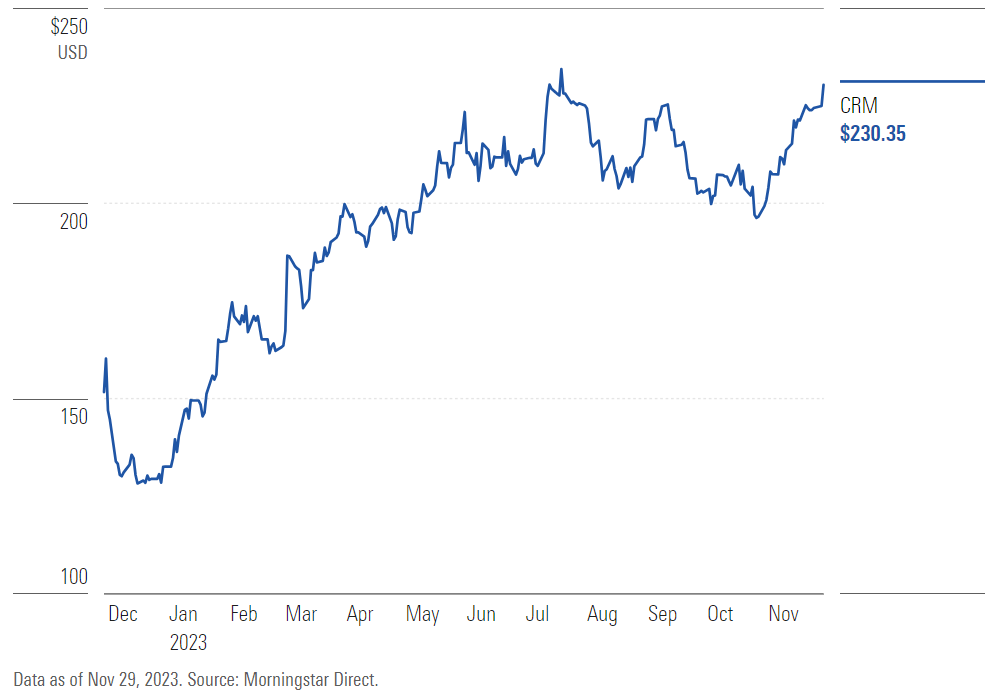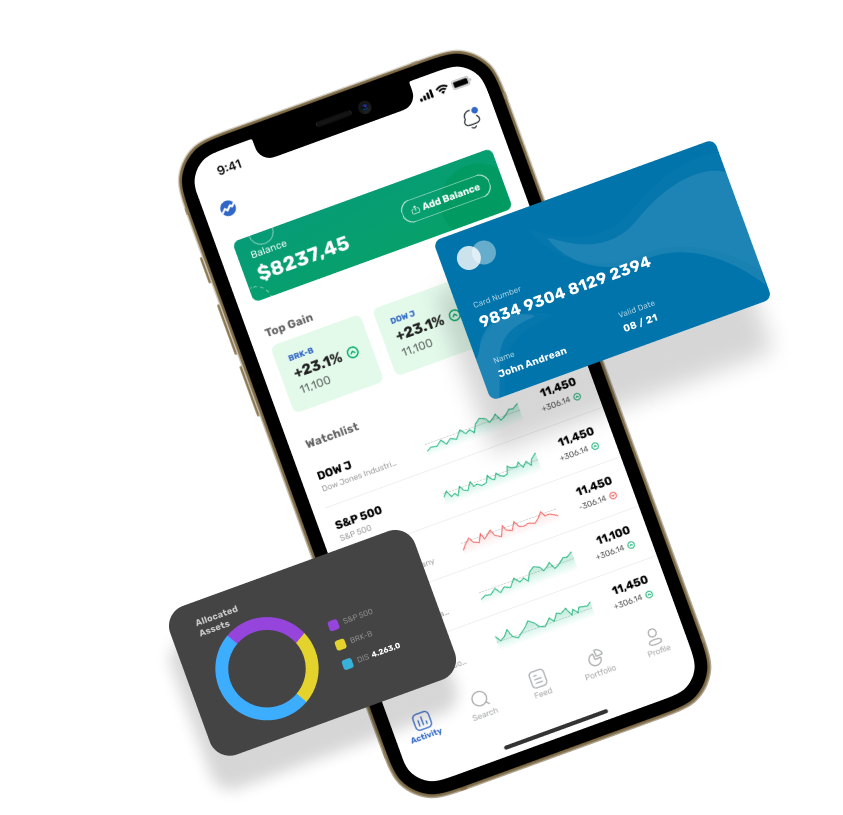The User Interface (UI) and User Experience (UX) of AI trading platforms that predict and analyze stocks are essential to making sure that they are efficient, usable, and overall satisfaction. An undesigned interface can make it difficult to make decisions, even if you have robust AI models. These are the top 10 guidelines for evaluating the UX/UI of these platforms:
1. Assess the sensitivity of your intuition and ease of Use
Navigation: Ensure that the platform is easy to use, with buttons and menus that are easy to understand, as well as workflows.
Learning curve: Determine how fast an individual can master a system and learn to use it without a lot of instruction.
Make sure that there is uniformity in patterns of design across different platforms (e.g. buttons or color schemes, etc.).).
2. Check Customizability
Dashboard customization: Find out whether dashboards can be modified to display data, charts and metrics relevant to the user.
Layout flexibility: The platform should let users move, rearrange, or move widgets.
Themes: Check if your platform has dark/light mode, or other preferences.
3. Review Data Visualization
Chart quality: Check that the platform has interactive charts that can be zoomed and have panning capabilities (e.g. line charts and candlestick charts).
Visual clarity: Make sure your data are clearly displayed by using labels, legends and tooltips.
Real-time updates: Make sure that the visualizations are updated in real-time, to reflect changes on the market.
4. Test Speed and Response
Even when working with massive databases and complex calculations the platform must be loaded quickly.
Real-time performance: Check if the platform can handle real-time data feeds without lag or delays.
Cross-device compatibility: Make sure whether your device is compatible with all devices (desktops and mobiles, as well as tablets).
5. Assess Accessibility
Mobile app availability: Verify if the platform has a mobile application with full capability to trade while on the move.
Keyboard shortcuts. Make sure that your platform is compatible with keyboard shortcuts.
Accessibility features - Check that the application is compliant with accessibility standards.
6. Utilize the Search and Filter Functions
Search functionality users are expected to be able search for stocks or indices.
Advanced filters: Determine whether the user can apply filters to produce results that are more specific (e.g. by capitalization, sector, performance metrics).
Saved searches: Determine if the platform allows users to save frequently used searches or filters.
7. Check for Alerts & Notifications
Customizable alerts: Users are able to create notifications that are tailored to specific conditions.
Notifications delivery: Determine whether alerts are delivered via different channels (e.g. email, SMS, app notifications).
Timeliness: Make sure that alerts are activated quickly and accurately.
8. Connect to other tools
Broker integration: Make sure your broker account is seamlessly integrated with your broker account in order to facilitate trade execution.
API access. Check if a platform provides API access to users with advanced capabilities to build custom workflows and tools.
Third-party integrations : Find out whether the platform supports integration with other software, like Excel Google Sheets or trading bots.
9. Review Help and Support Features
Onboarding tutorials - Look to see if there's tutorials and walkthroughs that are available for those who are brand new.
Help center - Make sure that the platform comes with a comprehensive support center or knowledgebase.
Customer service: Check to determine if the platform offers prompt customer service.
10. Test to determine if Overall User Satisfaction is met
Feedback from users: Read research reviews and feedback to determine general user satisfaction with the platform's UI/UX.
Trial period: Make use of a demo free or trial to evaluate the usability of the platform.
Verify the platform's error handling.
Bonus Tips:
Aesthetics are crucial, a pleasing design can improve the user's experience.
Performance under stress - test the platform's stability and responsiveness during market conditions with high volatility.
Check the community and forums to see if there is an active forum or user group in which members can share tips and give feedback.
Use these suggestions and you will be able to evaluate the UI/UX of AI-based stock prediction/analysis trading platforms. They will be user-friendly efficient, and effective, and will also meet your needs in trading. A well-designed UI/UX improves your ability make informed decisions and also perform trades effectively. View the top rated advice for investing ai for site tips including ai for stock trading, ai trade, ai investment platform, best ai trading software, ai chart analysis, best AI stock trading bot free, options ai, ai for investing, options ai, trading with ai and more.

Top 10 Tips For Assessing The Latency And Speed Of Ai Trading Platforms
Speed and latency are important factors when evaluating AI stock Predicting/Analyzing trading platforms, particularly for algorithmic traders, active traders and high-frequency traders. Milliseconds delay could be detrimental to trade execution. These are the top 10 suggestions to evaluate the speed and latency of these platforms:
1. Real-Time data feeds can be used to evaluate the quality of your real-time data
Speed of data delivery - Make sure that the platform can provide real-time information with minimal delay (e.g. a sub-millisecond latency).
Data source proximity – Check to see if the servers on your platform are close to important exchanges. This will reduce data transmission times.
Data compression - Ensure that the platform is using efficient data compression techniques to increase data delivery speed.
2. Test Trade Execution Rate
Order processing time The time it takes for the platform to process and complete trades after you've submitted an order.
Direct market access: Check whether the exchange allows direct orders to be delivered to the exchange.
Check the execution reports to determine whether they contain timestamps for order confirmation fill, submission, and confirmation.
3. Assess Platform Responsiveness
User interface speed (UI): Measure the speed at which your platform's user interface responds to your inputs.
Updates to charts Make sure that the charts and visuals are updated in real-time without delay.
Performance of mobile applications: When using a mobile app make sure it is at the same speed as a desktop version.
4. Find low-latency infrastructure
Server Locations: Make sure whether the server used by the platform is that have low latency, located close to major hubs for financial exchanges or financial hubs.
Co-location services: Find out whether your exchange offers this option. This allows you to host trading algorithms on servers located near the exchange.
High-speed Networks: Verify the application's utilization of fiber-optic, high-speed network or other technologies that have low latency.
5. Evaluating Simulation and Backtesting speed
Test the speed at which your platform can analyse and analyze the historical data.
Simulating latency: Make sure the platform is able to simulate trades with minimal delays.
Parallel processing: Determine if your platform uses parallel or distributed computing to speed up calculations.
6. Examine API Latency
API responses: Determine how fast APIs respond to queries (e.g. getting data from the platform, or placing orders).
Rate limits: Make sure you know if API has acceptable rates limits to prevent delays during high-frequency trades.
WebSocket Check if the platform is compatible with WebSocket protocols, which allow for streaming of data in real-time with minimal latency.
7. Test Platform Stability During Loading
High-volume Trading: Simulate huge quantities of trading scenarios in order to see if the platform is stable and responsive.
Market volatility: Test the platform during periods of high market volatility to ensure it is able to handle the rapid price fluctuations.
Test for stress: Check whether your platform offers tools for stress-testing strategies under extreme circumstances.
8. Evaluate Network and Connectivity
Internet speed requirements: Ensure your internet connection is at the recommended speed of your platform for the best performance.
Redundant connection: Examine to determine if there are any redundant connections in the network.
VPN latency. Verify if you are using a VPN in the event that this causes latency.
9. Look for features to speed up your performance.
Pre-trade analytics - Ensure that the platform is equipped with pre-trade analytical tools that can help optimize the routing of orders.
Smart order route (SOR) You can check to see whether SOR is used by the platform in order to identify the most efficient and most cost-effective execution locations.
Monitoring latency: Check whether your platform comes with tools that allow you to analyse and monitor latency in real time.
10. Review Feedback from Users and Benchmarks
User reviews: Check for user feedback on the platform to gain an understanding of its speed and latencies.
Third-party Benchmarks: Find independent benchmarks that evaluate the performance of a platform against its competitors.
Case studies: Verify whether the platform has cases studies or testimonials which highlight the features that are low-latency.
Bonus Tips
Trial period for free: Try the platform's performance and latency in real-world scenarios using an online demo or trial.
Customer support: Make sure that the platform provides support for latency-related issues or for optimization.
Hardware needs. Find out whether a particular platform requires special hardware (e.g. a high-performance computer) in order to run at its maximum speed.
These tips will aid in assessing the performance of AI trading platforms that forecast or analyze price fluctuations in stocks. You will be able choose a trading platform that best meets the requirements of your trading and eliminates any delays. A low latency is crucial for high-frequency and algorithmic traders, where even small delays can significantly impact profitability. Read the best best AI stocks for website info including investing with ai, AI stock predictions, trading ai tool, chart ai trading, AI stock trader, chart analysis ai, ai options trading, best ai for stock trading, best AI stocks to buy now, AI stock analysis and more.
